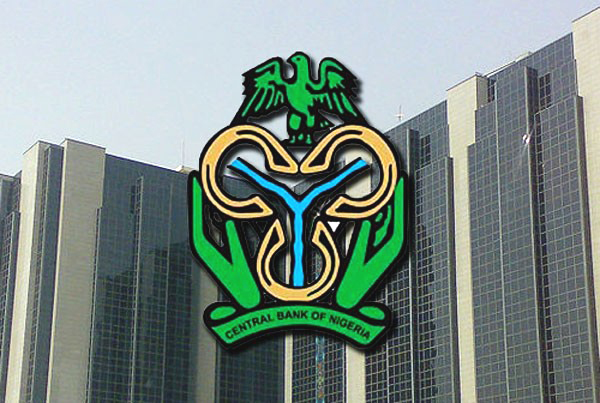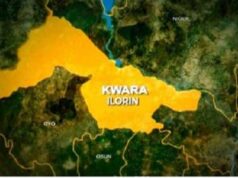The Central Bank of Nigeria (CBN) has announced that its Net Foreign Exchange Reserve (NFER) stood at $23.11 billion as of the end of the year 2024.
The CBN said the NFER, the highest level in over three years, increased from $3.99 billion recorded in 2023, $8.19 billion in 2022, and $14.59 billion in 2021.
The NFER, which adjusts gross reserves to account for near-term liabilities such as forex swaps and forward contracts, is widely regarded as a more accurate indicator of the foreign exchange buffers available to meet immediate external obligations.
The CBN, in a statement on Tuesday, April 1, 2025, disclosed that the gross external reserves also increased to $40.19 billion, compared to $33.22 billion at the close of 2023.
The CBN said the increase in reserves reflects a combination of strategic measures undertaken by the apex bank, including a deliberate and substantial reduction in short-term foreign exchange liabilities – notably swaps and forward obligations.
It added: “The strengthening was also spurred by policy actions to rebuild confidence in the FX market and increase reserve buffers, along with recent improved foreign exchange inflows – particularly from non-oil sources.
6 banks post N3trn profit amid complaints, challenging environment
“The result is a stronger and more transparent reserves position that better equips Nigeria to withstand external shocks.
The expansion occurred even as the CBN continues to reduce short-term liabilities, thereby improving the overall quality of the reserve position.”
Speaking on the development, CBN Governor Olayemi Cardoso said: “This improvement in our net reserves is not accidental; it is the outcome of deliberate policy choices aimed at rebuilding confidence, reducing vulnerabilities, and laying the foundation for long-term stability.
“We remain focused on sustaining this progress through transparency, discipline, and market-driven reforms.
“The CBN remains committed to prudent reserve management, transparent reporting, and macroeconomic policies that support a stable exchange rate, attract investment, and build long-term resilience.”
- 2 rescued in Lagos building collapse - April 14, 2025
- Portable remanded in prison over defamation - April 14, 2025
- Van Dijk: Liverpool set for ‘big summer’ of transfers - April 14, 2025








